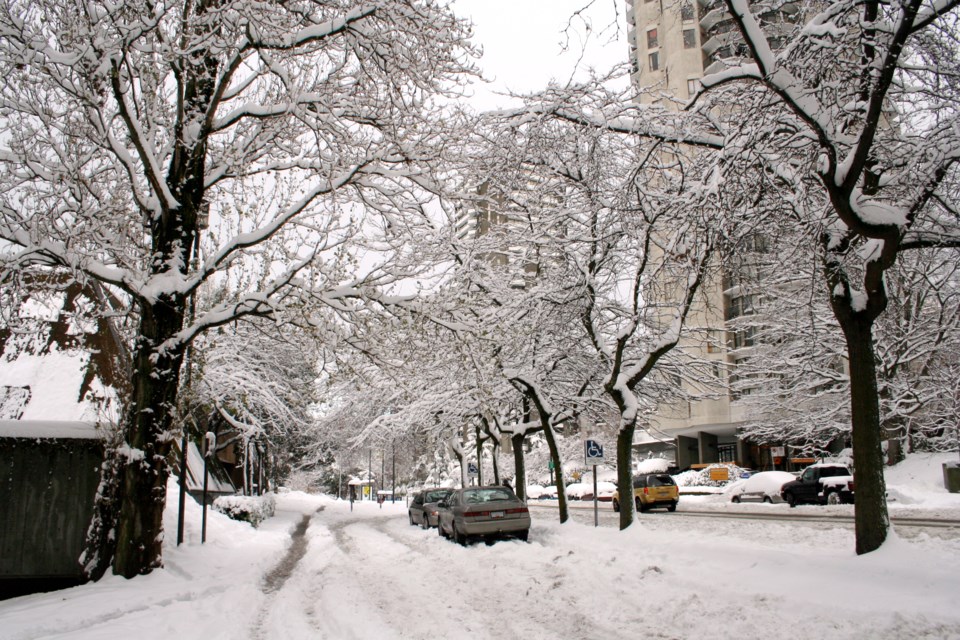Alas, winter is finally at Vancouver’s doorstep. With temperatures dropping below 4 degrees Celsius and a chance of snow by mid-November, it’s time to start thinking about winter tires.
Unfortunately, a common misconception amongst Vancouverites is that rain does not constitute winter. But this couldn’t be farther from the truth. Not changing your tires seasonally could have some serious safety and performance implications.
Car maintenance can be an intimidating subject, especially if you’re a new driver or if you’re not the most mechanically inclined. If you’re on the fence about changing your tires, or have never done so in the past, here is a guide on winter tires.
What is the difference between winter tires and all-season tires?
The main difference is that winter tires have specially formulated tread rubber that stays flexible at low temperatures for better vehicle control. They perform exceptionally well in all types of conditions - snow, ice, sleet, slush and even cold dry roads.
Even though Vancouver doesn’t get as much snow as other places in Canada, our climate provides us with plenty of black ice. This, combined with rain and wet roads present similar dangers—less grip and longer stopping distances. Changing your tires seasonally, especially for the winter, gives you greater control and confidence in challenging weather conditions.
When do I need to change my tires?
Once the temperature is consistently 7 degrees Celsius or less, it’s time for winter tires. Conversely, once the temperature is regularly 7 degrees Celsius or higher, you can take them off. This will ensure that your winter tires do not wear out prematurely.
How can I tell if I need new tires?
All tires for sale in North America have wear indicators, as known as “wear bars” moulded into the tire tread at 2/32’’ depth. All-season tires have a second wear indicator at 4/32’’ tread depth. Once the tire’s tread is worn level with the wear bars in two or more adjacent tread grooves, the tire is considered illegal and must be replaced.
It is very important that you check the wear bars often as safety features such as ABS (Anti-Lock Brake System), traction control, and vehicle dynamics control systems are all limited by the grip your tires provide. These are safety features you certainly don’t want to fail under emergency circumstances.
An easy to way to check tire tread, besides looking at the wear indicators, is to use a quarter. By inserting a quarter into a tire tread groove with the caribou nose down and facing you, you can easily tell if the tires needs to be replaced. If the tire tread covers the tip of the nose, you’re good. If you can see the tip of the nose, it’s time to bring your vehicle in. Checking the pressure of your tires and examining them for cracks, bulges, and foreign objects will also help extend the life of your tires.
Three of my winter tires are fine, can I just replace one?
Unfortunately, no. Replacing just one tire can affect your vehicles traction in a negative way. You should always install all four winter tires. An uneven installation of your tires could cause your car to spin unexpectedly because of greater traction on the new tires.
If you do replace your tires, stick with the same brand for all four. Mixing different tread patterns, sizes, and construction can compromise vehicle performance and safety. A quick visit to your local BC Honda dealer can help you determine what make and model of tire you need. Dealer mechanics are highly trained and have specific knowledge about the parts and features of your particular vehicle, making them the best choice for your next tune-up and tire change.



